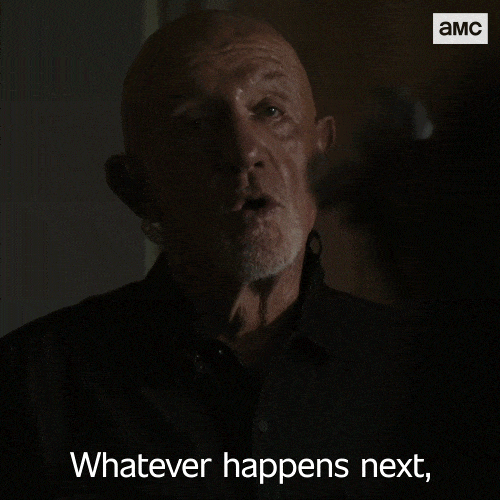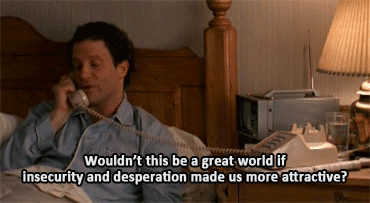Do you ever wonder how some things came about? Who first thought cheese looked like a good idea? How did they find out fire worked? & who on earth decided, “By gum, that seaweed looks delicious”…?
So it is with my musings on still life art this week. What made anyone want to do drawings of furniture or food or flowers? In truth, some of it was undoubtedly early advertising; check out my wealth, my good taste, my wares. But why does anyone still do it when you could take a photo?
It’s the same old story, I suppose: because it’s there. When the human form was allegedly the most difficult subject to paint correctly, there were those who toiled with the angles, proportions & foreshortening of just about anything else. Provided it didn’t move. There were still other challenges to take on in composition, narrative (possibly), tone & colour. In addition to all that, would it be something anyone wanted a painting of? How could you make it more interesting or saleable? Frankly, a lot of the time, by being good at it.
Still life, like anatomy drawing, requires a huge amount of work & discipline even at the level of just depicting what you see. I went through a spell of doing line drawings of everything my face was pointed at (sometimes even the floor with my boots on it) & it was incredibly intense & incredibly satisfying. Perhaps that’s partly why artists still do it. Portraying the world around us can come in so many different forms.
Sadly, there’s no Mound of Butter by Vollon this time (even more sadly there will be nothing like it again), but hopefully you’ll see something you like amongst the following. Whether you’d hang it on your wall in the name of aesthetics is another matter.
Aelbert Jansz. van der Schoor (1603-1672), Vanitas stilleven (bet. 1640 & 1672)
It’s hard to beat a big pile of skulls. One of my favourite things about still life art is the tendency towards a skull. Teaching you a lesson about being a horrible sinner & looking cool at the same time. I never tire of looking at them & I never tire of drawing them. Love a skull.
Alison Watt (b. 1965), Cartellino, 2017
As Alison Watt showed in her beautiful exhibition last summer, the simplest of items can make wonderful subjects for still life in the right hands. There is no doubt that hers are the right hands. Everything she does is thought-provoking & incredible. What is always so interesting about artists that paint as Alison Watt does is that from distance it looks super-real but close up, you can see the brushstrokes. Absolutely masterful stuff & I’m proud to be living at the same time & from the same place as this total phenomenon.
George Grosz (1893-1959), Still Life With Hat, 1940
Taking time out from poking fun at the Nazis, Grosz was nevertheless a highly individual artist, as we see from this beautiful work. He’s not necessarily inviting narrative here, but one has to wonder at the presence of the rope. I can’t help that I’m always looking for meaning & it puts me in mind of a harbour scene.
David Johannesburg Botha (1921 - 1995), Still Life with Bottle
There was just such a similarity between this & the Grosz image, I just had to put them together. This is partly the problem with still life though – how do I make mine different? Changing the subject is one way; changing the medium is another.
Janet Rickus (b. 1949), Being Green
If not for the odd bird ornament, this might have passed for a photograph. The quirkiness of the bird is what made me look twice & forced me to take more of an interest. She does what a still life artist will do sometimes – put in a little detail to scratch away at the viewer’s consciousness. In my case, once I get past the bird, it’s that folded back edge of the cloth. But then once I see that irritation & look yet again, I can see just how finely & beautifully painted it is.
Jean-Michel Basquiat (1960-1988), Brown Spots (Portrait of Andy Warhol as a Banana), 1984
That Basquiat & Warhol were brothers in paint is a constant source of wonder to me. Had they not been in the same place at the same time, would their collaborations ever have happened? In any case, this work is all Jean-Michel & quite honestly, the better for it. I’m not sure how well it fits into the definition of still life really, but hey. My blog, my rules.
Lachlan Goudie (b. 1976), Stolen Moment, 2020?
As I’ve said before, Lachlan has truly taken on the mantel of the Scottish Colourists. His sharp, neat compositions are always an absolute joy. Work like his makes me glad that artists have continued to paint what they see for the sake of it.
Paul Nash (1889-1946), The Window, Iver Heath, 1926
In his short life, Paul Nash produced some of the most distinctive works of art you’ll ever see in English painting. Not just that, but this is an enjoyably peculiar still life. Rather than drape cloth hither & thither as a background, Nash has opted to paint what is there, including the snowy outdoors.
Stuart Park (1862-1933), Roses, 1889
Seeing this in Kelvingrove a few months ago, I realised I’d probably walked past it a thousand times & not really taken it in. I happened to be in a still life zone at the time & it’s just so fresh, painterly & unusual, once I saw it I loved it. The roses really look as if they’re made of velvet or sherbet. I’ll never pass it by again.
Willem Kalf (1619-1693), Still Life - Silver-Gilt Goblet & Bowl of Fruit, c. 1656-60
Again, a Kelvingrove classic. That lemon peel is just the most incredible thing seeing it in person. Its texture looks as if something has reacted with the varnish, but no, it’s what Kalf painted. Amazing effect.
Antoine Vollon (1833-1900), Mound of Butter, 1875/1885
I lied. Here it is again.
I’m not sorry either. I just love it.
I’ll stop now.










_-_Emil_Schmidt.jpg)
















,%20Vanitas%20stilleven%20(bet.%201640%20&%201672).jpg)
,%20Cartellino,%202017.jpg)
,%20Still%20Life%20With%20Hat,%201940.jpg)
,%20Still%20Life%20with%20Bottle.jpg)
,%20Being%20Green.jpg)
,%20Brown%20Spots%20(Portrait%20of%20Andy%20Warhol%20as%20a%20Banana),%201984.jpg)
,%20Stolen%20Moment,%202020%3F.jpg)
,%20The%20Window,%20Iver%20Heath,%201926.jpg)
,%20Roses,%201889.jpg)
,%20Still%20Life%20%20Silver-Gilt%20Goblet%20&%20Bowl%20of%20Fruit,%20c.%201656-60.jpg)
,%20Mound%20of%20Butter,%201875:1885.jpg)







